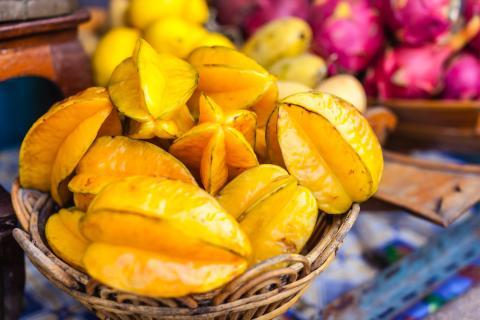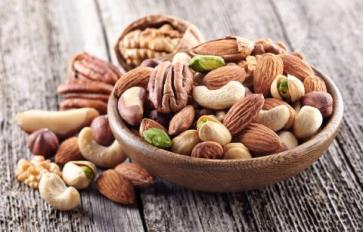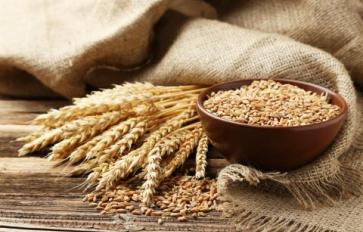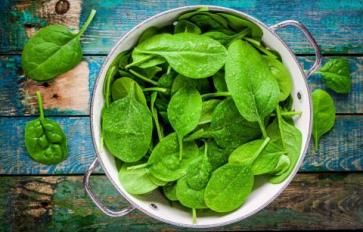
Carambola is a member of the family Oxalidaceae or Wood-Sorrel family of the genus Averrhoa Adans, also known as averrhoa P, containing the species Averrhoa carambola L. or carambola P. The plant is known in the United States as star fruit. The nomenclature carambola was a Portuguese interpretation of the Sanskrit word for the fruit “karmaranga” which means “food appetizer.”
The plant has its origin in Malaysia and was found in China and India where the Portuguese discovered the fruit in the early 16th century. They later introduced it to Central America and Africa and it arrived in Florida in the middle of the 19th century. It is also a versatile food that can be used in many recipes or eaten fresh. Carambola is a tropical plant that does well in the warmer climates of the world and can be grown in containers in colder climates. The fruit is rich in nutrients and contains many health benefits.
What does carambola (star fruit) look like?
Carambola grows on a coniferous tree that has a short trunk producing many branches. The fruit emerges from purple or lilac flowers and is oblong in its overall dimensions and matures from a dark or light green to an orange-yellow hue. The mature fruit has five to six wings that may be outlined with green. They range in length from two-and-a-quarter to almost six inches and can grow to three-and-a-half inches wide. The outer skin or peel is thin and the fruit is waxy with juicy, yellow flesh when ripe that has a crisp texture and a honey aroma. The fruit contains approximately twelve tiny flat, brown seeds. When cut in the width the slices are shaped like a star. The entire fruit is edible.
Health Benefits Of Carambola (Star Fruit)
Carambola is rich in nutrients that include vitamins A, B1 (thiamin), B2 (riboflavin), B3 (niacin), B6 (pyridoxine), B9 (in the form of folate), C, and E. The fruit also has a high content of minerals that include calcium, iron, magnesium, phosphorus, potassium, sodium, and zinc. Other beneficial substances found in carambola are fatty acids, sugar, protein, and fiber.
Carambola is valuable in treating many maladies. It is low in calories, making it an excellent food for those on a weight-loss diet. Its high fiber content diminishes the absorption of LDL-cholesterol and helps protect the colon’s mucus membrane, binding to toxins that can cause colon cancer. The B-vitamins found in the fruit aid in metabolic function.
Other health benefits of carambola include reducing the risk of developing cancers because of the vitamin C and its antioxidants and flavonoids that eliminate the free radicals that are naturally produced in the body’s metabolism. It is also an excellent anti-inflammatory agent that prevents psoriasis and dermatitis. The calcium found in the fruit is beneficial to the circulatory system as it balances blood pressure and relaxes the blood vessels and arteries, reducing the risk of developing heart disease and stroke.
How To Grow Carambola (Star Fruit)
Carambola is a tropical tree that is easily grown in warm climates. In colder climates it does well as a container plant. In warmer climates it can be planted in any season except summer and in colder climates it is best to plant the tree in summer. The plant will do well in loamy soil with organic matter that drains well. Water the plant regularly until established then only when the soil is dry. The tree will bloom in approximately three years and will produce fruit about three months after flowering.
Eating Carambola (Star Fruit)
Carambola is a versatile food and can be used in many recipes. The immature fruit can be made into relishes and chutney. The mature fruit makes an excellent ingredient in salads and the sliced fruit adds a decorative appearance to any salad preparation. It adds its unique flavor to juices and drinks, both alcoholic and non-alcoholic. It is used in cake, pastry, tart, and pie recipes and as a side dish with poultry and seafood. The unwashed fruit can be stored in the refrigerator for about a month.








